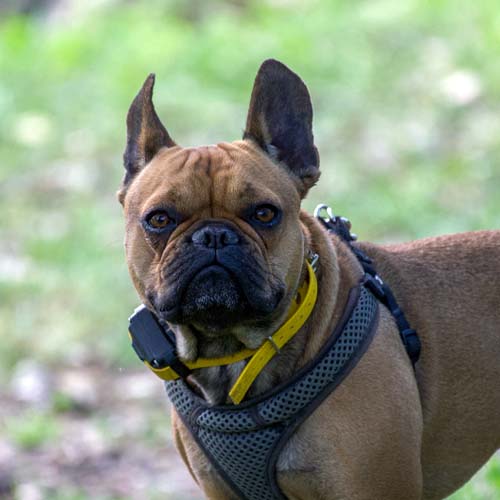What Collar Should I Buy For My Dog
There are many types of collars available and each employs a different mechanism meant to guide your pet, restrain them, discourage bad behavior or control a disobedient dog. Some training collars can harm a dog if they are not used correctly or are the wrong size; so, you should research training collars thoroughly before choosing the best one for your dog and consult with a training expert or veterinarian if you are unfamiliar with how to use the chosen collar.
When choosing a dog training collar, you should consider the following factors:
- Safety and responsibility: Choose a collar that won’t harm your dog but will simply help to discourage certain behavior.
- Your dog training goals: Different dog training collars work better for different purposes.
- The size and temperament of your dog.
- Range of effectiveness.
- Where you want to take your dog.
- Your dog’s sensitivity, especially before buying an e-collar.
- A training collar that fits your dog’s breed and size.
- If buying an e-collar make sure it is fully waterproof e-collar.
Common Types of Collars:
Flat-buckle collar: This is the most popular type of collar and is simple to use. It’s available in a range of sizes and materials and can be very fashion-forward. It’s a great choice for securing tags to your dog. This is the popular collar and can be used in conjunction with other dog collar types.
Martingale collar: This collar was designed specifically for dogs with narrow heads, like Greyhounds and other sighthounds. It helps prevent anxious or fearful dogs from slipping out. The collar is designed with a strip of material with rings on each end, attached to a smaller loop. The leash attaches to the smaller loop and the collar tightens when your dog tries to back out without choking them.
Choke collar/chain: Choke collars work by tightening around the neck when the control loop is pulled. Unfortunately, there’s nothing on the collar that safeguards how tightly it can be pulled. This can result in possible throat damage and other injuries to your dog. They’re not recommended as a safe collar option.
Prong/pinch collar: Prong collars have a similar function to choke collars, except for the small, blunt, metal prongs on the inside of the collar. These prongs are meant to dig into the dog’s skin when the leash is pulled. Because they’re easy to misuse, they’re also not recommended as a safe option.
Body harness: The body harness is a popular choice for small dogs or dogs with a delicate throat area. A body harness might make your dog more prone to pulling on the leash because they don’t feel tension around the neck.
Head halter: Head halters are designed to fit over your dog’s nose and behind their ears, giving you more control over their head movements.
Halti and Gentle Leader: These are two types of head collars that can be used to help control a dog’s pulling behavior. The Gentle Leader wraps around the dog’s neck and snout, while the Halti has two straps and can attach to the dog’s regular collar. The Halti may be more comfortable and less obtrusive for some dogs, but it may also be easier to back out of. Both are excellent training devices.
e-Collar, or Electronic Collar: An e-collar, or electronic dog collar, is a remote dog training system that usually consists of a wireless remote and a wireless receiver. E-collars allow you to remotely send signals to your dog to help them understand “good behavior” and “bad behavior.” The method of delivery of the stimulus is harmless to the animal, however, it can be uncomfortable. E-collars are a form of negative reinforcement, which means that they work by removing an undesired behavior. When used correctly, the dog will associate their behavior with the unpleasant stimulus and stop doing it. E-collars are often helpful for preventing dogs with allergies or skin problems from nonstop licking and scratching. It is still important to address the root cause of the issue, but an E-collar can help heal your dog while you and your vet work on treating the cause.
Remember that different breeds might have specific requirements when choosing a training collar. It’s important to understand the choices and the main purposes for each collar before deciding on one. A veterinarian or qualified dog trainer can help you choose the right type of collar for your dog based on their size, breed, and behavior.




